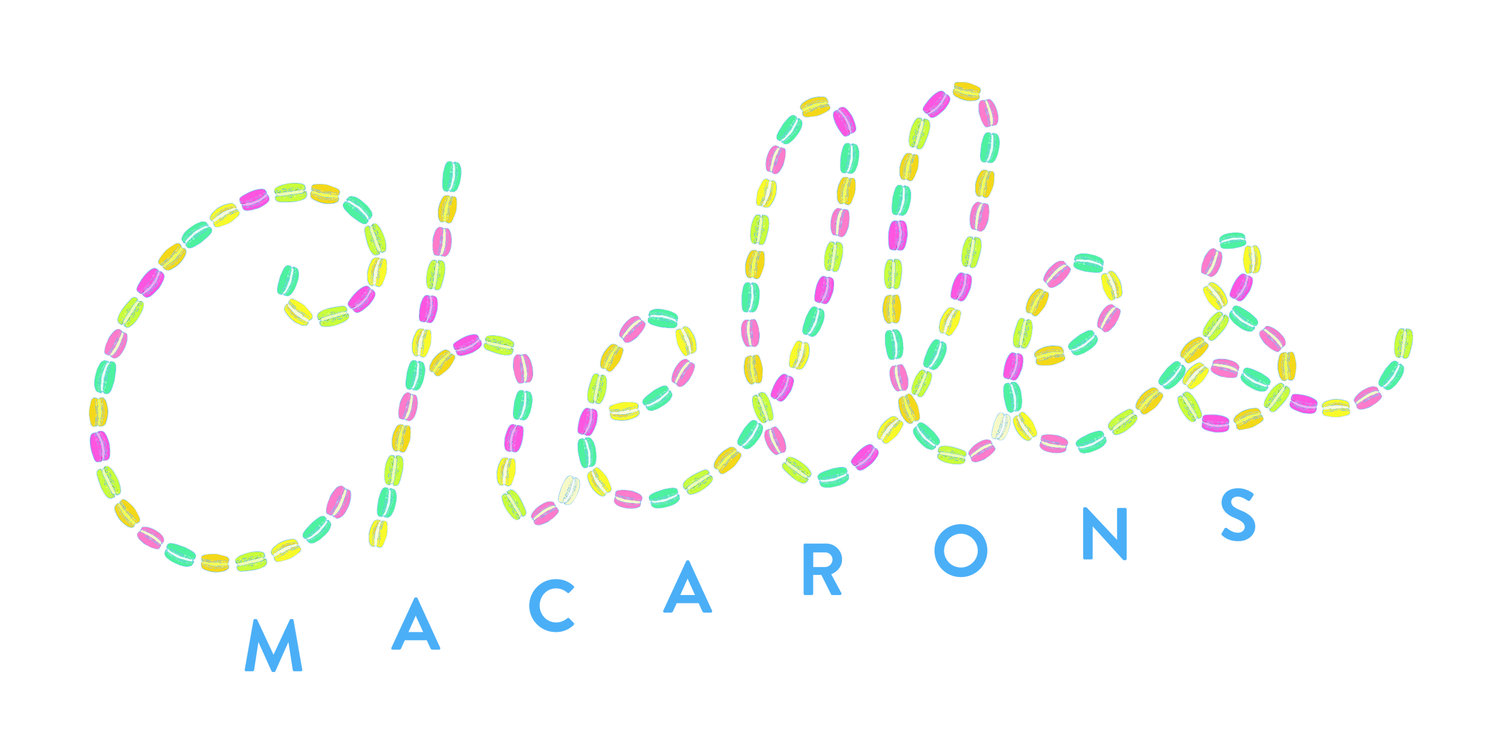As a cookie lover, you have definitely tried macarons — or were they macaroons? Are you actually not so sure which is which? Maybe you thought they were the same thing, and the names are interchangeable.
Macarons and macaroons do share some similarities. Not just in their names but also in their origin — they are both Italian cookies. When it comes to taste and ingredients, they are both sweet, gluten-free, and have whipped egg whites as a common ingredient, but that's about it.
Despite these similarities, macarons and macaroons have distinguishing differences that can make them less confusing. For instance, each has a different main ingredient. Macarons use flour from peeled almonds, while macaroons use shredded coconut. Below are more distinguishing differences between macarons and macaroons.
History and Main Places of Consumption
Italy is the origin of the maccherone cookie before Catherine di Medici took them to France in the 1500s. The French familiarized themselves with the cookie and undoubtedly popularized what we now know as the macaron.
History reports that during the 17th Century, two nuns survived the French Revolution just by baking and selling macaron cookies. During this time, the cookies did not have any fillings between two cookie sandwiches.
The modern-day macaron with filling between the two cookies, as we now think of them, was first made by Pierre Desfontaines. Pierre was related to the famous French baker Ladurée. His innovation is what gives Paris all the fame for the modern macaron.
Now, the origin of coconut macaroons is not as well known. However, the most probable origin remains in Italy because macaroons have the same ingredients they used to make their cookies.
In the 1800s, two companies made an innovative discovery of shredding coconut as a means to preserve it during shipment. Because shredded coconut would last for long without spoiling, most bakers started using it as a primary ingredient in making desserts and candies. Hence the rise of the macaroons.
Sephardic Jews today still consume macaroons during Passover as they are flourless and do not contain leavening. But plenty of people eat them all year round. Today, there are several flavors, ingredients, and innovations to make the cookies taste better and increase their demand.
Ingredients, Texture, and Appearance
The French macaron uses almond meal (or almond flour), confectioners' sugar, and egg whites as its main ingredients. Whip the egg whites till they are stiff, then fold in the almond flour and confectioners’ sugar to form your batter.
Pipe the batter onto a baking tray in small perfect circles and ensure there are no air bubbles, after which you place them in the oven for baking. A baked macaron should have a shell-like surface appearance with a light and airy texture and some slight crunch.
A Macaroon, on the other hand, uses whipped egg whites, shredded coconuts, and granulated sugar as the primary ingredients. You whisk them together to create stiff peaks. Shape the peaks into either tiny balls or pyramids and bake them. A baked macaroon should have an imperfect shape and a rugged texture on the surface. Drizzle some chocolate on top for an added wow factor.
Flavors and Colors
Macarons have different colors and flavors because they use flavored fillings such as ganache, fruit jam, or buttercream to serve as filling between two cookies. In most cases, the macaron color signifies its flavor. For instance, a green macaroon signifies lime or pistachio flavor, while pink signifies raspberry or strawberry flavor. Some other flavors that you may use are vanilla, pumpkin, and coffee.
Macaroons primarily use coconut as their main flavor. However, you can add flavors like vanilla or salted caramel. You can also have add-ins such as dried fruit or chocolate in the macaroons or glaze them with chocolate. Just like with macarons, color insinuates the flavor. Coconut and vanilla-flavored macaroons have an off-white cream-like color, while the chocolate-glazed ones are dark brown.
Macarons are a favorite of many sweet tooths. Don't let the names or history of the cookies confuse you. Contact us at Chelles Macarons for all your flavored macaron desires, whether for an event or party or just to satisfy that craving.

